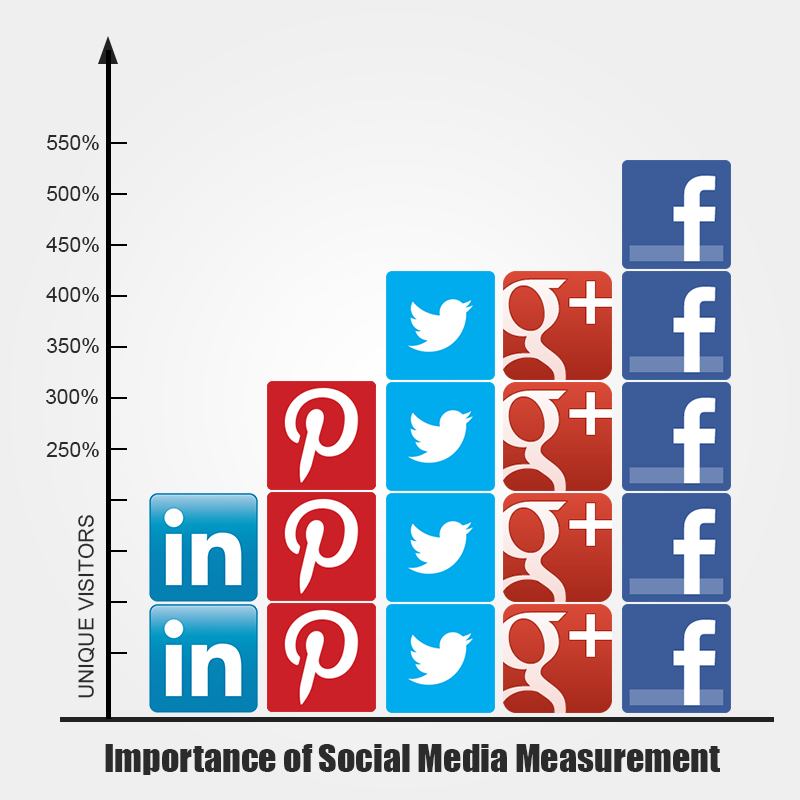In my last post I discussed on how people can buy fake twitter followers. In this post I will try to elaborate on tools that will let you know whether any particular account has fake accounts or not.
Each tool that you might encounter might have different approach to determine the portion of fake followers but it it should give you overall idea about the followers. Generally speaking, according to NBCNews 1 in 10 Twitter accounts is fake.
The first tool I want to discuss is twittercounter.com You can specify any account and the duraction (Today, Last week, Last month, 3 months) and it will display the chart with number of followers within this period of time. Let me show you the person that basically bought most of his followers, meaning the majority of them are fake. Ladies and Gentlemen, please meet Paul Ranni.
A quick statistics on the account: 5949 Tweets, 23 Following, 74 690 Followers.
I encourage you to go to TwitterCounter and check his stats. According the the chart above the peaks show tha on November 1, 2013 Raul got 37 567 (!) followers. Overnight! It looks like a good increase, right? Well it just looks like. The next day he loses 42 210 followers. Perhaps Twitter algorithms detected the fake accounts and deleted them. But Paul Ranni is a serious guy - the following day he comes back and compensates the loss with new 22 668 new followers. Anyway, this game between his followers and Twitter algorithms has been there for a while.
Now, let's test his followers with another tool - TwitterAudit.com. All you need to do is log in with your twitter account, specify the account to analyze and wait for the results. Well, surprisingly the tool gives Paul Ranni 94% score so the November ups and downs are not included in the audit. But this audit was generated 6 months ago.
Let's audit someone else. Someone we all might now - like Johnny Depp. Why Johnny Depp? I just like pirates of Caribbean. So according to TwitterAudit only 62% of his followers are real.
But don't let this percentage fool you. This is just an estimate based on a 5000 randomly selected followers of Johnny Depp. He has over a million followers so it would take TwitterAudit long-long time to analyze each follower. The service tries to identify the fake followers by examining their profile, number of tweets, last tweet and ration of followers to friends. The company realizes that it is not the most accurate way to determine the fake followers, but this is the algorithm they came up with.
What about you? How do YOU spot the fake followers on Twitter?
Each tool that you might encounter might have different approach to determine the portion of fake followers but it it should give you overall idea about the followers. Generally speaking, according to NBCNews 1 in 10 Twitter accounts is fake.
The first tool I want to discuss is twittercounter.com You can specify any account and the duraction (Today, Last week, Last month, 3 months) and it will display the chart with number of followers within this period of time. Let me show you the person that basically bought most of his followers, meaning the majority of them are fake. Ladies and Gentlemen, please meet Paul Ranni.
A quick statistics on the account: 5949 Tweets, 23 Following, 74 690 Followers.
I encourage you to go to TwitterCounter and check his stats. According the the chart above the peaks show tha on November 1, 2013 Raul got 37 567 (!) followers. Overnight! It looks like a good increase, right? Well it just looks like. The next day he loses 42 210 followers. Perhaps Twitter algorithms detected the fake accounts and deleted them. But Paul Ranni is a serious guy - the following day he comes back and compensates the loss with new 22 668 new followers. Anyway, this game between his followers and Twitter algorithms has been there for a while.
Now, let's test his followers with another tool - TwitterAudit.com. All you need to do is log in with your twitter account, specify the account to analyze and wait for the results. Well, surprisingly the tool gives Paul Ranni 94% score so the November ups and downs are not included in the audit. But this audit was generated 6 months ago.
Let's audit someone else. Someone we all might now - like Johnny Depp. Why Johnny Depp? I just like pirates of Caribbean. So according to TwitterAudit only 62% of his followers are real.
But don't let this percentage fool you. This is just an estimate based on a 5000 randomly selected followers of Johnny Depp. He has over a million followers so it would take TwitterAudit long-long time to analyze each follower. The service tries to identify the fake followers by examining their profile, number of tweets, last tweet and ration of followers to friends. The company realizes that it is not the most accurate way to determine the fake followers, but this is the algorithm they came up with.
What about you? How do YOU spot the fake followers on Twitter?





